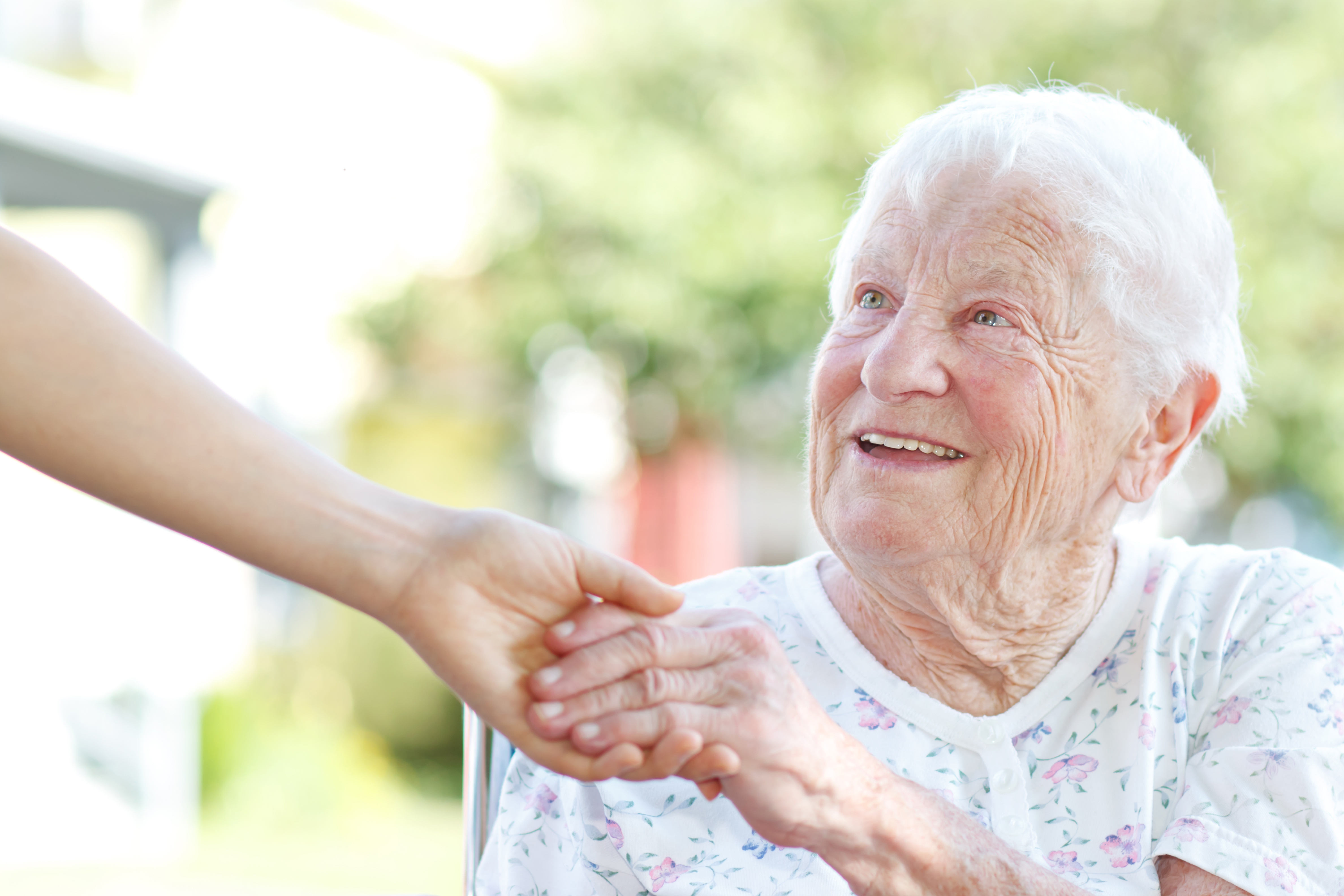Recent Posts
- Essential Earthquake Safety Information: How to Protect Yourself and Your Loved Ones
- What to Do In an Earthquake - The Complete Guide
- Georgia Resident Uses STOP THE BLEED® Training to Save Neighbor
- Emergency Preparedness for Older Adults
- Don't Be a Hot Dog: How to Keep Your Pets Safe This Summer
How to Help People with Disabilities and other Special Needs Prepare for Disasters
Thursday, December 20, 2018

About 56.7 million people — 19 percent of the U.S. population – have a disability, with more than half reporting a severe disability, according to a U.S. Census report. Preparing in advance for disasters is especially important for individuals who will require additional assistance. FEMA and The American Red Cross have teamed together to publish a booklet to help people with disabilities prepare to protect themselves, their personal care assistant and others in case of an emergency. The booklet also applies to elderly and other special needs populations.
We compiled helpful excerpts from that booklet:
- Create a personal support network to help a person with disabilities prepare for a natural disaster with assistance before, during and after the emergency occurs.
- Support network members should be trustworthy people recruited from among friends, family or coworkers who will provide assistance in challenging conditions.
- Learn what to do in case of power outages or personal injuries. Know how to connect and start a back-up power supply such as a portable electrical generator for essential medical equipment.
- Consider getting a medical alert system that will allow a person who is disabled to call for help if they are immobilized in an emergency. Most alert systems require a phone “land line,” so have a back-up plan, such as a cell phone or pager.
- If you use an electric wheelchair or scooter, have a manual wheelchair for backup.
- Store back-up equipment (for mobility, medical applications, etc.) at a neighbor’s home, school or your workplace.
- Instruct support network members who may need to assist in an emergency how to operate necessary equipment. Label equipment and attach laminated instructions for its use.
- Arrange for more than one person from the personal support network to check in before, during (if possible) and soon after an emergency, so there is at least one back-up if the primary support person is unavailable.
- If vision impaired, deaf or hard of hearing, the person who is disabled should plan ahead for someone to convey essential emergency information that is broadcast by TV or radio.
- If a personal care attendant from an agency is used, determine if the agency has provisions for emergencies, such as providing services at another location if evacuation is ordered.
- Ask apartment managers to identify and mark accessible exits and access to all areas designated for emergency shelter or safe rooms. Ask about plans for alerting and evacuating people with sensory disabilities.
- Keep an extra cell phone charged up and ready for use by people who are disabled so they can let someone know where they are and guide them to safety. Keep extra first response phone numbers handy in case the local 9-1-1 emergency number is overloaded.
- Be prepared to provide clear, specific and concise instructions to rescue personnel. Practice giving these instructions (verbally, pre-printed phrases, word board) clearly and quickly.
- Prepare the personal support network to assist with handling emotions associated with disaster and traumatic events (confusion, thought processing or memory difficulties, agitation, fear, panic or anxiety).
- Keep a copy of this document to share with anyone who may need it along with your own survival protection plan:
https://www.fema.gov/media-library-data/20130726-1445-20490-6732/fema_476.pdf
